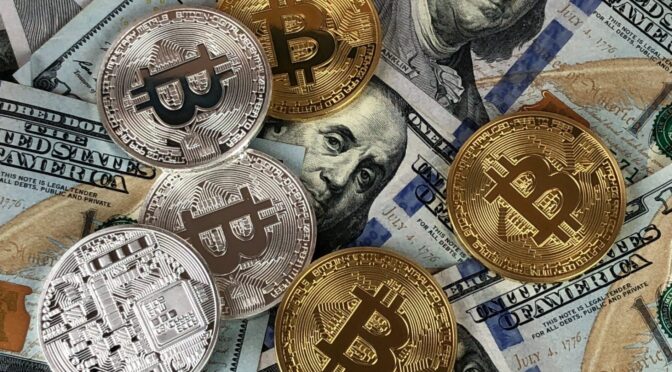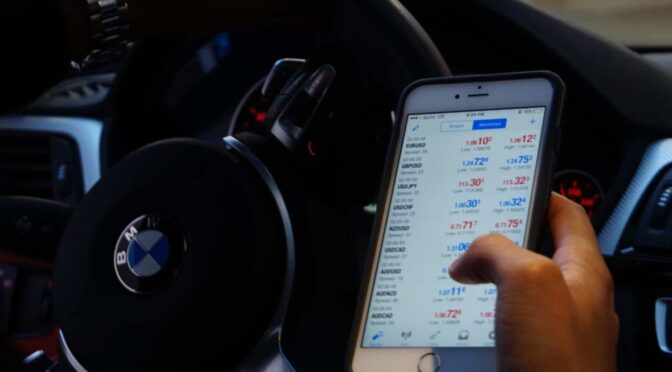We all know someone who invested in cryptocurrency early on and is now living large. You’ve probably read a few things about the topic now, and might be tempted to get in on the action yourself. There are lots of options out there at the moment, and because you are a digital nomad, you are probably willing to explore the unknown and take some risks. If this is the case, stick around and you might learn some tricks.

It’s More Difficult Than You Think
Your first move should be hitting the trading platform, acquiring the cryptocurrency you want, and storing it in a wallet. This sounds simple, but if you’re a digital nomad, it can be more tricky to get involved with the crypto exchange. If you travel a lot, a lot of trading platforms may stop you from accessing your account based on their strict ID policy. Customer support will only be able to do so much with rigid rules, and you can end up wasting a lot of time trying to explain your situation, with no results.
Offer Your Services And Get Cryptocurrencies In Return
You have probably heard people say that crypto will eventually replace real money. Whether this is true or not, you will have to decide for yourself. However, the fact is that it is now completely possible to receive cryptocurrency donations. The only thing that you have to do is to find your own personal QR code, which is generated by your wallet. Of course, you don’t need to be a computer genius to be paid in crypto either. You can even trade some goods that you produce and exchange them for a chance to get into the game.
Are You Interested In Mining?
There are thousands of articles out there claiming that mining is a waste of time and resources. There is some truth to this claim, especially if you live in a country where electricity bills are high, or if you have a basic laptop. The other path would be to invest large amounts of money into graphic cards and let them run all day long. You will probably only end up with no more than $20 on that account, but that money could cover some of your expenses. This tactic is especially useful if you don’t need to worry about your electricity bills, because you’re staying in a hotel, for example. It might not earn you much, but you don’t need to do anything except click the mouse a few times.
Set Up A Trading Team
Being on a trading market while on the road is not an easy thing to do. Most of your competitors will probably be looking at a couple of monitors, eyeing every change, whereas you will only have your laptop. If you have some friends who are into trading, you can share valuable information, and succeed together. This works well if your team is spread out across the world, as you can monitor the latest changes all the time. Bringing in a different set of eyes to your assistance can be a great deal.



